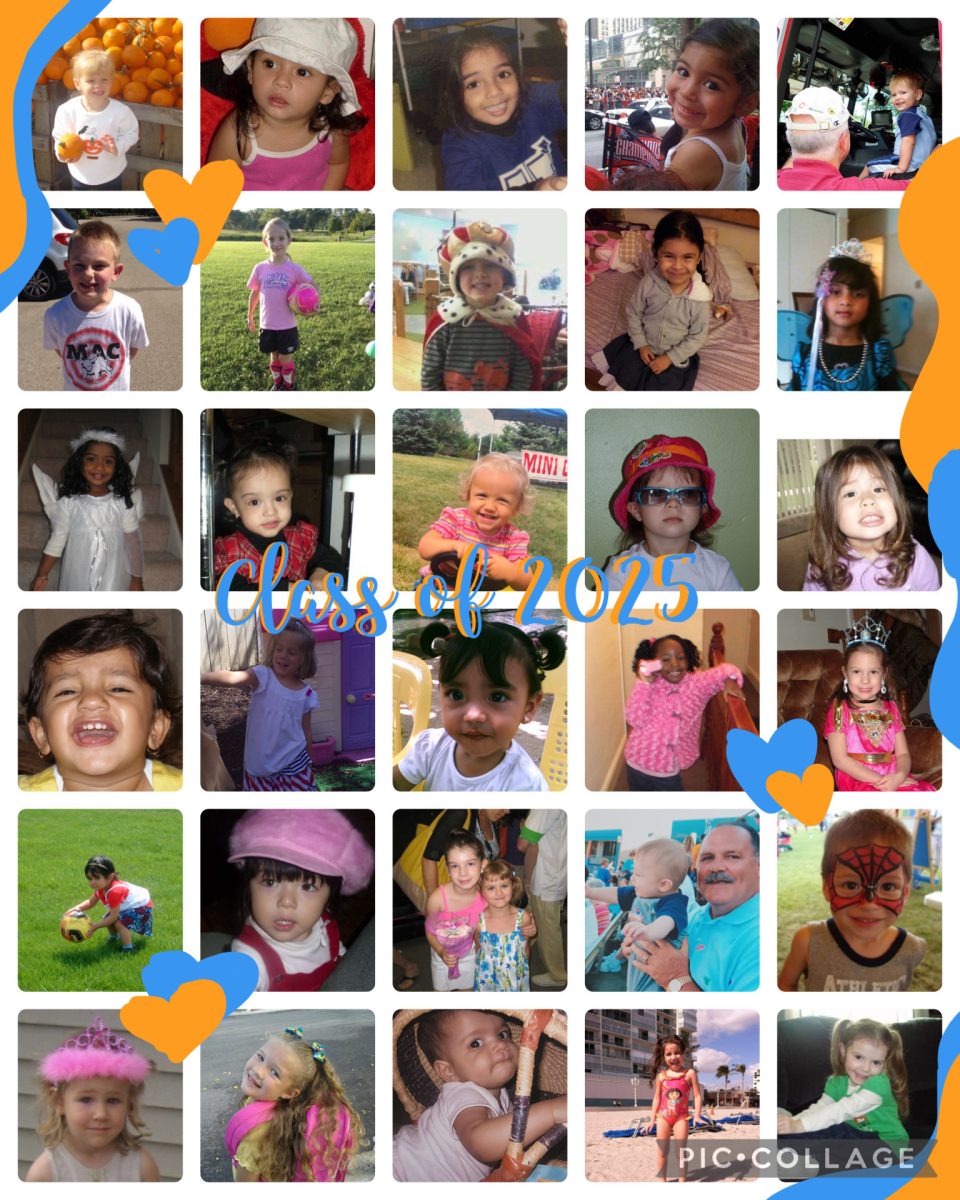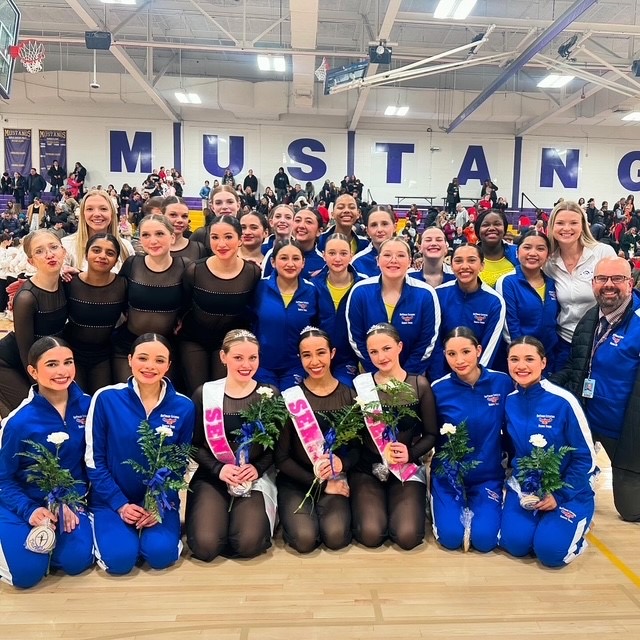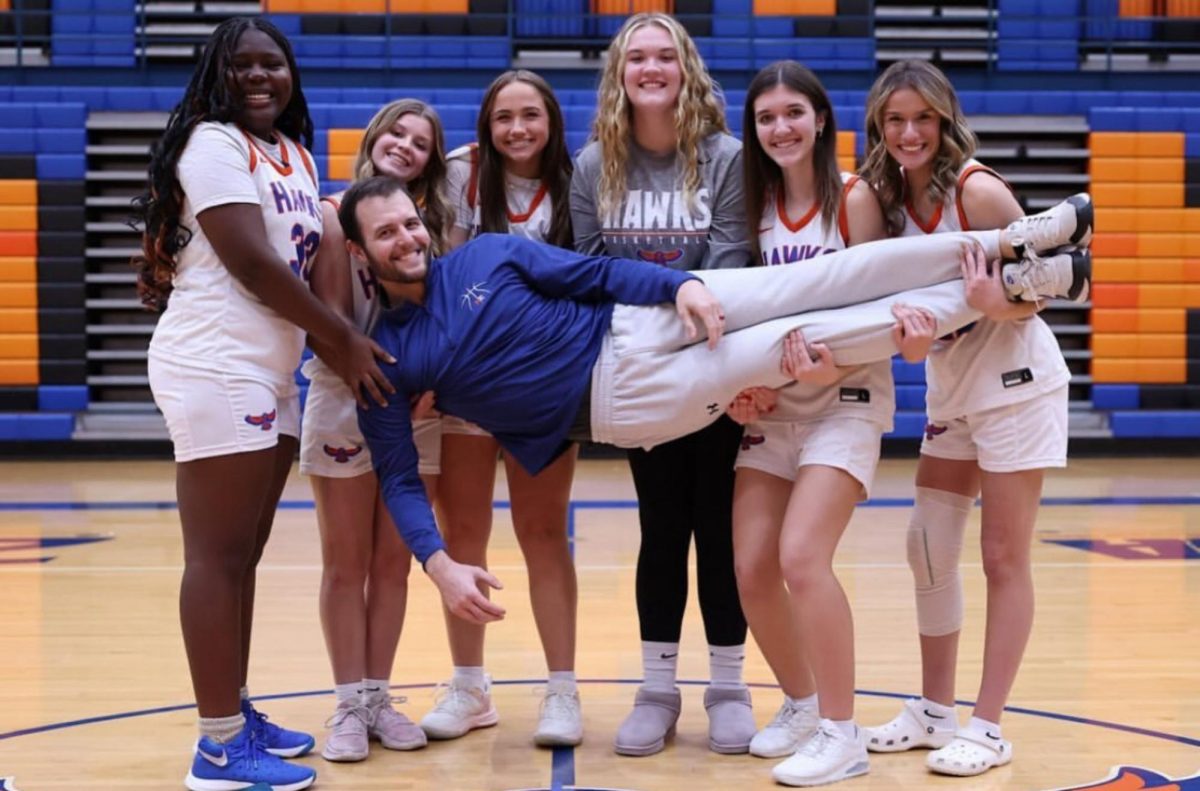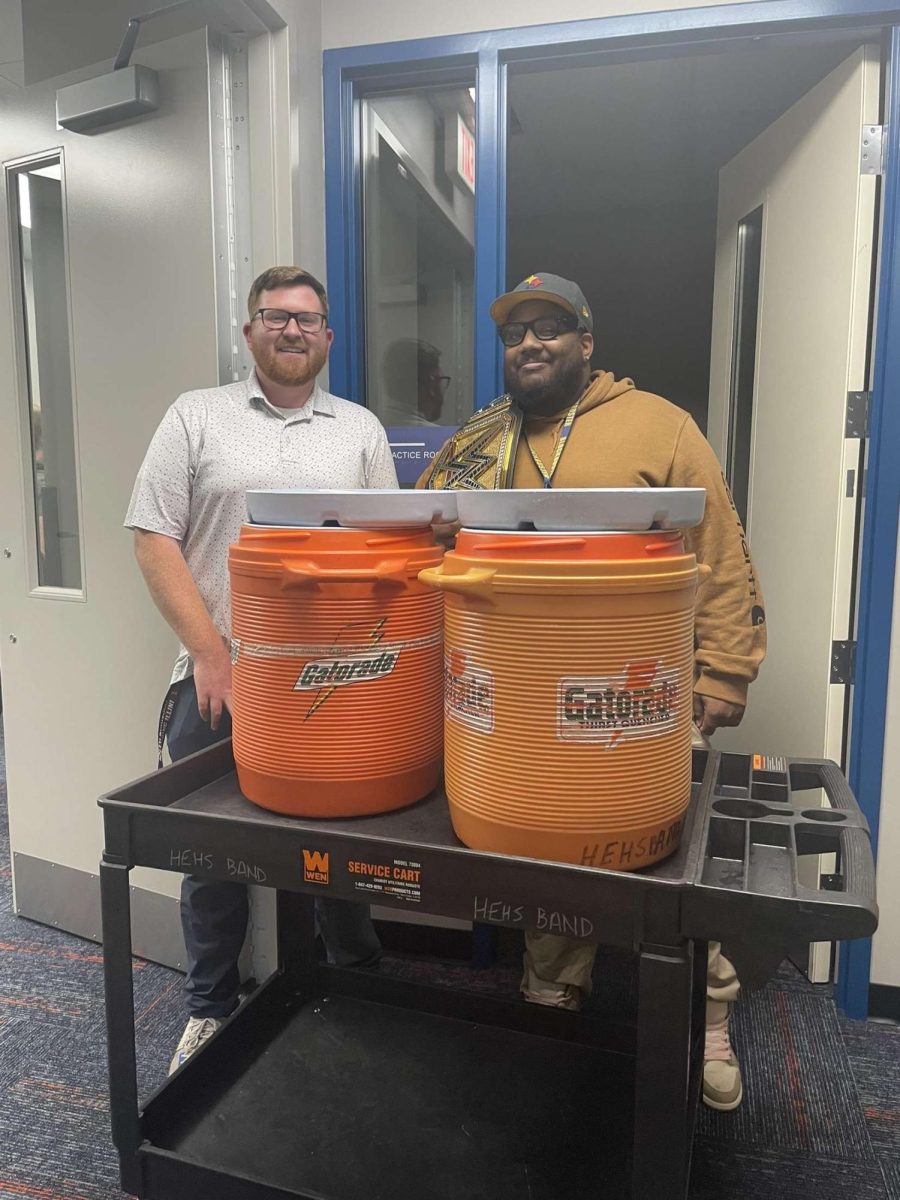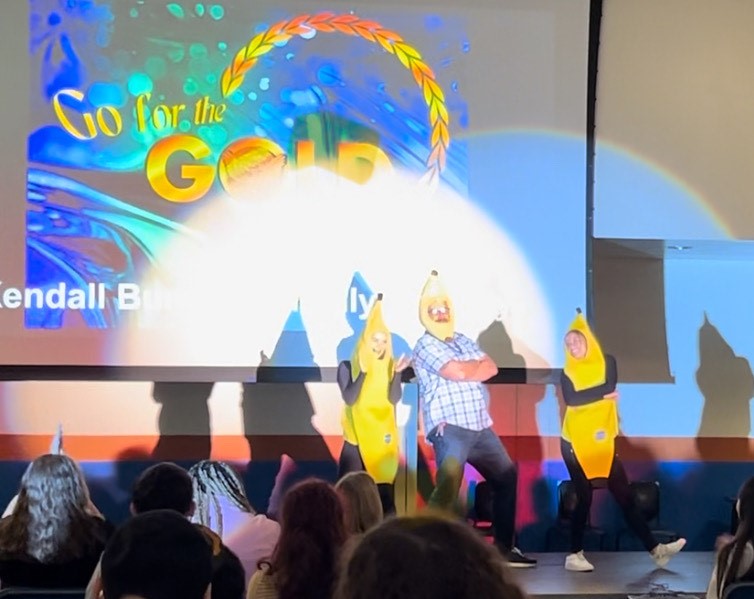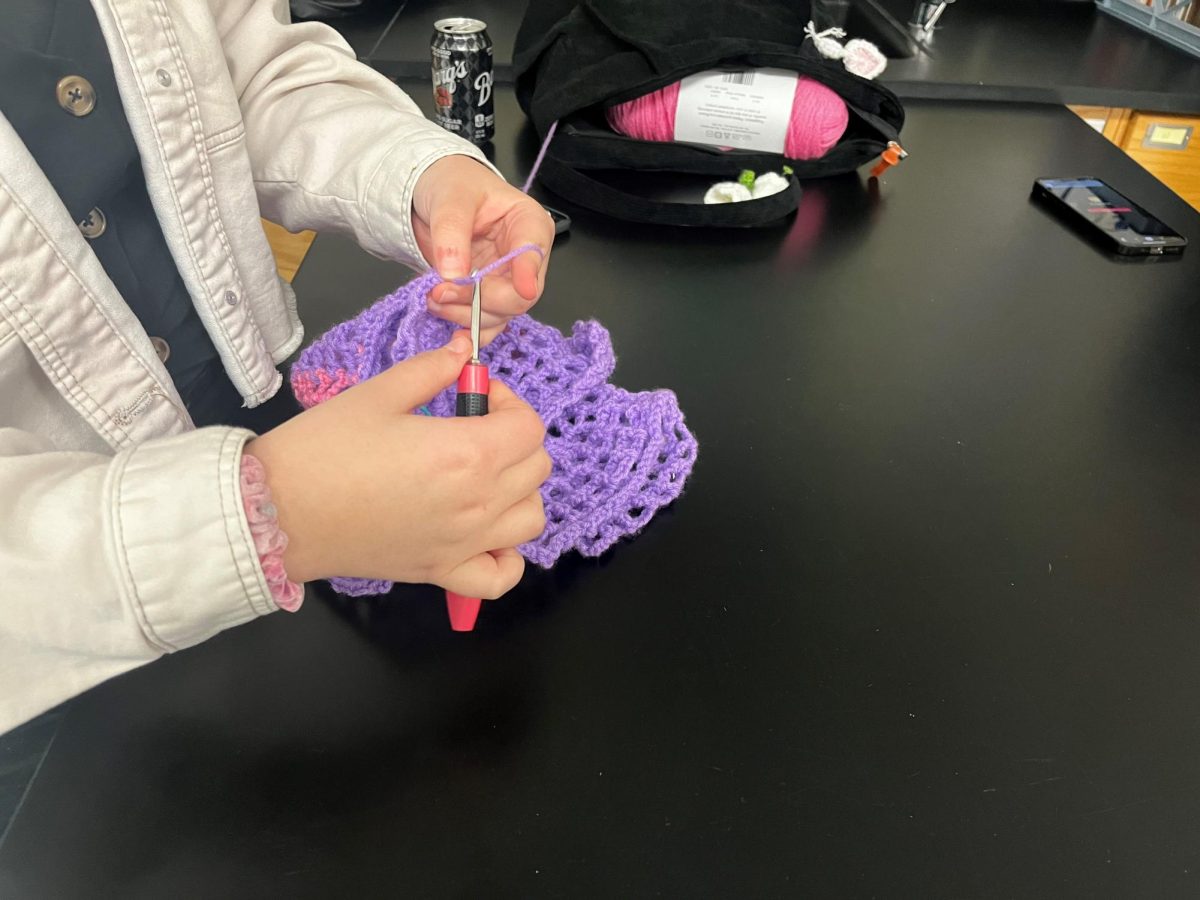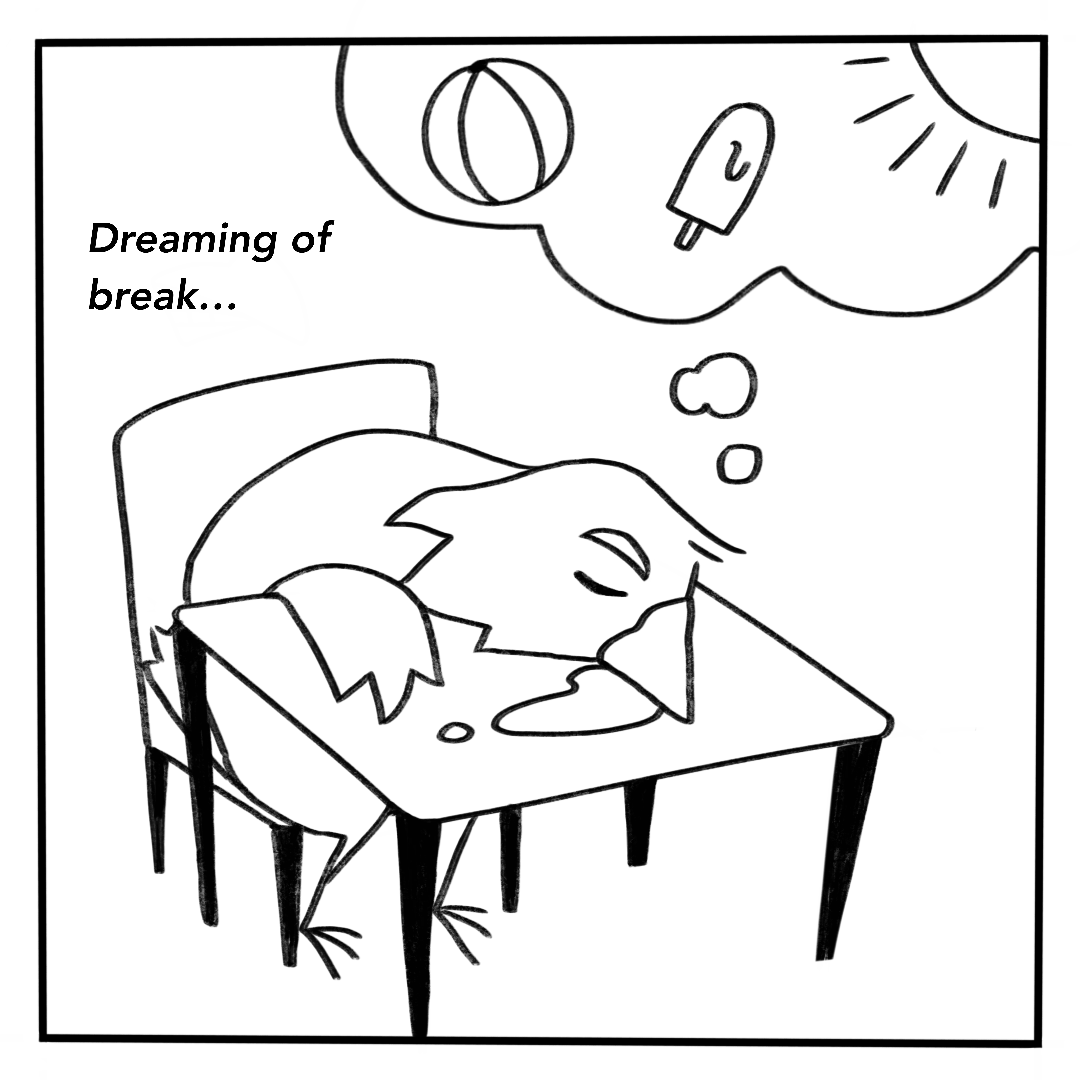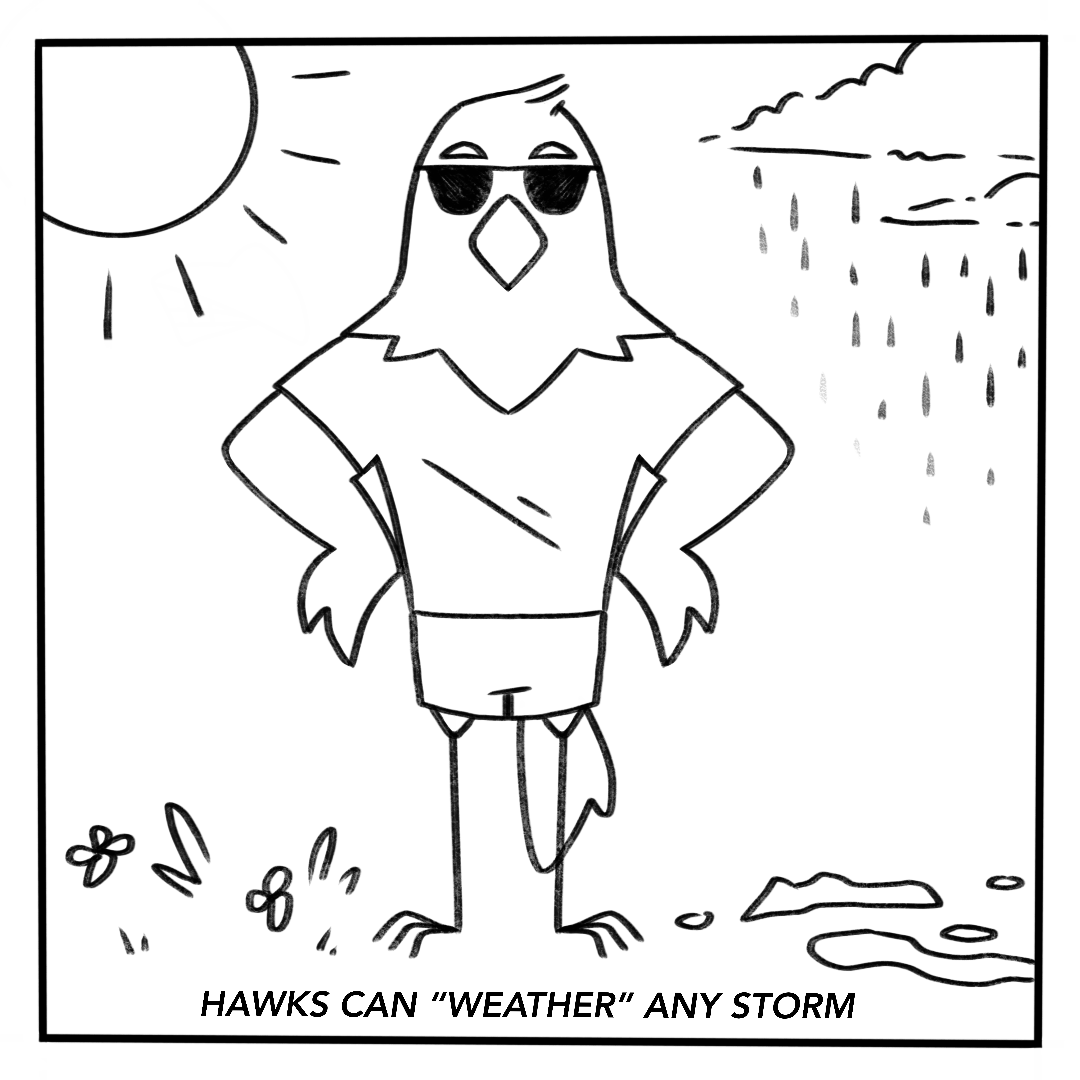AP Human Geography field trip offers students hands-on learning opportunities
November 9, 2015
HEHS AP Human Geography students took a recent field trip to Volkening Farm during their agricultural unit and gained some real-life knowledge.
“We learn about the First Agricultural Revolution and the Second Agricultural Revolution,” said Jeff Mandel, AP Human Geography teacher. “The Second Agricultural Revolution took place during the 1700s and 1800s, and Volkening Farm gives students an actual, real-life example of what Schaumburg was like in the 1800s.”
Schaumburg was built on the backs of German immigrants. The immigrants bought up land in the area and implemented traditional German methods of agriculture, such as crop rotations. Where they hailed, farmers had to make efficient use of small parcels of land.
In the United States, they were afforded the opportunity to spread out. The efficient methods they used, in addition to the fertile soil, produced large amounts of crops. The agricultural presence in the area eventually led to the creation of Schaumburg Township. Volkening Farm remains as an example of the traditional German farms during the Second Agricultural Revolution.
“My AP Human Geography students get to apply what they learn in the field trip to the unit we’re studying,” said Mandel. “Our students get to milk cows, talk about dairying, learn about grain processing, look at machines used in the late 1800s, and view architecture in Schaumburg from back then.”
The trip to the farm gave students a hands-on experience that cannot be replicated in the classroom. From afar, agriculture seems easy. Growing crops, raising livestock, and selling the products is simple enough. However, AP Human Geography delves into the issues agriculture faces, from less available land and rising populations to the loss of nutrients in the soil from repeated planting.
For this reason, students may find it hard to understand these concepts, but this trip helps to rectify that. From beginning to end, each person students spoke to connected the story of Volkening Farm in some way to the class.
“It’s not just the agricultural unit,” said Mark Wahlen, Schaumburg’s AP Human Geography teacher. “We have a unit based on architecture, and we’ve got a station here where we focus on architecture. We have an ethnicity unit, and here we get to look at all the things the Germans tried to instill here in their community.”
In AP Human Geography, everything is interconnected, including the ideas students learn in the agriculture unit. Concepts learned in the first unit are the foundation for new units and concepts. Not only does the trip address the current unit, it applies across the board, from the beginning of the school year to the end. Currently, there are talks on incorporating another field trip into the curriculum.
“I’ve considered doing another field trip for our urban and ethnic geography units,” said Mandel. “Conant does a field trip where they go to the city and look at urban architecture and ethnic divides in neighborhoods. I think it would be very helpful for students.”
Just as Volkening Farm provided a foundation for students in the agricultural unit, a field trip to Chicago would do the same. The field trips are not simply for fun – they are in the curriculum to give students an opportunity to further comprehend and interact with their unit. A trip to Chicago provides ample opportunity for students to learn about the area they live in, in addition to bringing the concepts they learn in the classroom to life.

